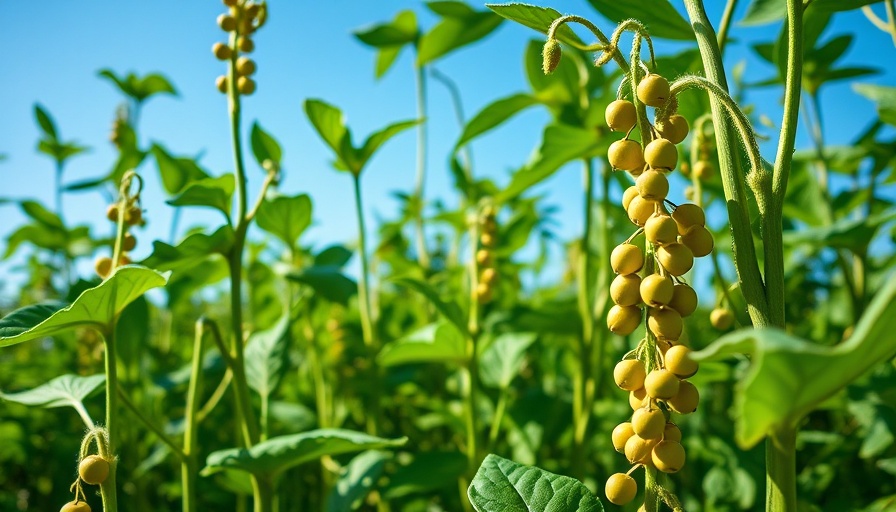
Understanding Chickpea as a Crop for Gardeners
Hello aspiring gardener! Have you ever considered growing your own chickpeas at home? These delicious legumes have a rich history and are known for their versatility in dishes like hummus, curries, and salads. But before you dig into the soil, let’s explore what it takes to cultivate these nutritious gems successfully.
The Historical Importance of Chickpeas
The chickpea (Cicer arietinum) is believed to be one of the first cultivated legumes, tracing back to around 7000 BCE in the Fertile Crescent. Not only have these legumes been a staple food in the Middle East and North Africa for thousands of years, but they are also known for their nutritional value and contributions to sustainable farming practices due to their nitrogen-fixing properties.
Ideal Growing Conditions for Chickpeas
To ensure a bountiful harvest, chickpeas thrive best in well-draining sandy loam soil with a pH of 5.0 to 7.0. They prefer full sun exposure and moderate temperatures ranging from 70°F to 80°F (21°C to 27°C). With their extensive root systems, chickpeas can access water from deeper soil layers, making them quite drought-tolerant. Nonetheless, they will need about 6 to 10 inches of moisture throughout the growing season to achieve optimal pod filling.
Selecting the Right Varieties
When it comes to chickpeas, there are two primary varieties you might consider: the Desi chickpeas and the larger Kabuli types, commonly known as garbanzo beans. Desi varieties are smaller and more suited to arid conditions, while Kabuli chickpeas are creamier and typically preferred in Western markets.
Planting Chickpeas: A Step-by-Step Guide
When planting chickpeas, wait until the soil temperature reaches at least 45°F (7°C). The seeds should be placed 1 to 2 inches deep and spaced approximately 3 to 6 inches apart. For the best growth, consider direct field sowing, which allows the seeds to establish themselves without the stress of transplanting.
Maintaining Healthy Chickpea Plants
Chickpeas are relatively low maintenance but do require periodic care to fend off pests and diseases. Monitoring for common threats such as aphids, thrips, and root rot is crucial. Integrated pest management strategies, including crop rotation and the use of beneficial insects, can help keep your crops thriving.
Harvesting Your Chickpeas
Chickpeas are ready for harvest when the pods turn brown and the moisture content drops between 13% and 14%. Depending on the methods used, such as mechanical harvesting or manual methods, special attention should be paid to minimize seed damage during the harvesting process. It’s essential to monitor the pods for any signs of splitting, as delayed harvesting can result in seed loss.
What to Do After Harvest
Once harvested, chickpeas should be stored in a cool, low-humidity environment, ideally between 32°F and 50°F. Proper storage conditions are crucial to maintain the quality and longevity of your harvest. Remember, a well-handled crop not only brings satisfaction but can also offer healthy rewards for your kitchen!
So, Are You Ready to Grow Chickpeas?
Embarking on the journey of growing chickpeas is not only rewarding but also contributes to a sustainable gardening practice. So gather your seeds, prepare your soil, and get started on growing your own chickpeas at home!
Let’s cultivate a healthier future, one chickpea at a time!
 Add Row
Add Row  Add
Add 




Write A Comment